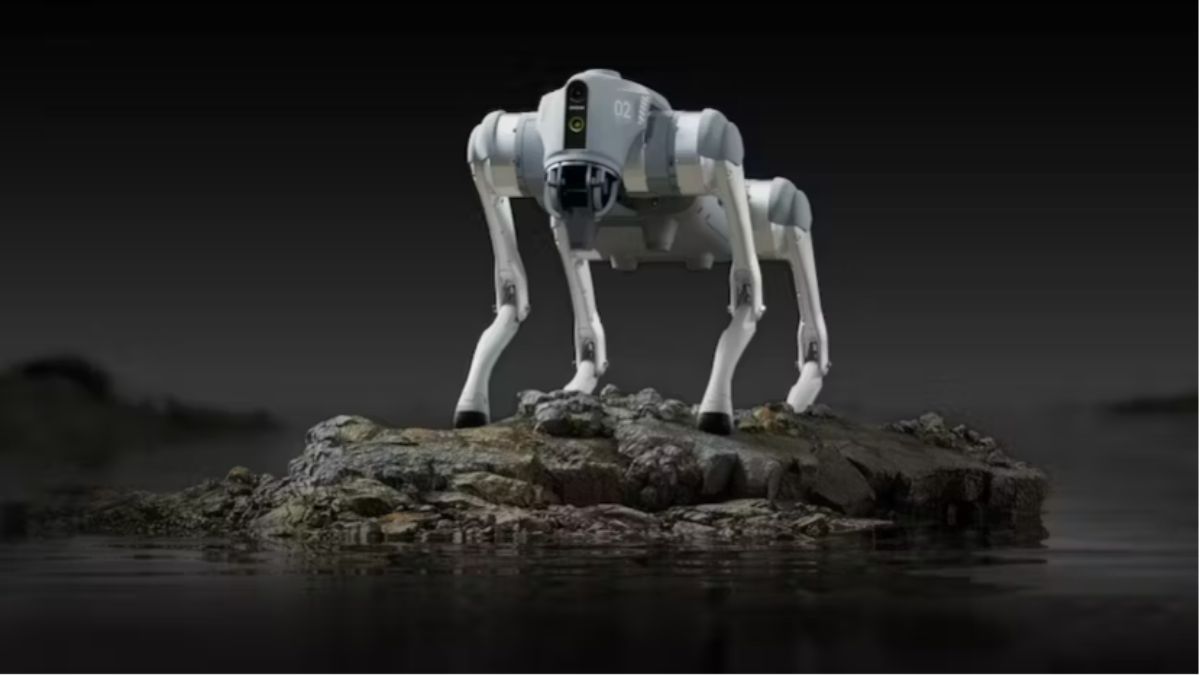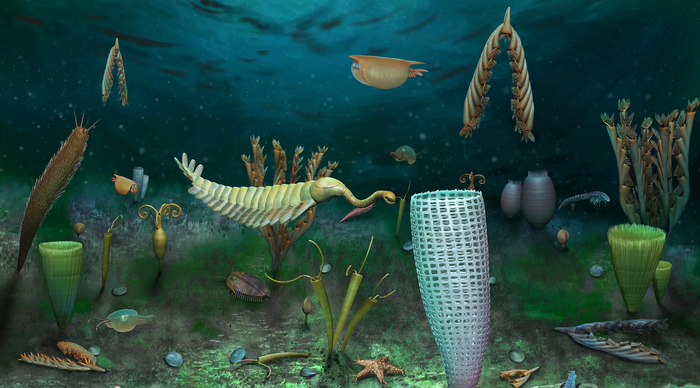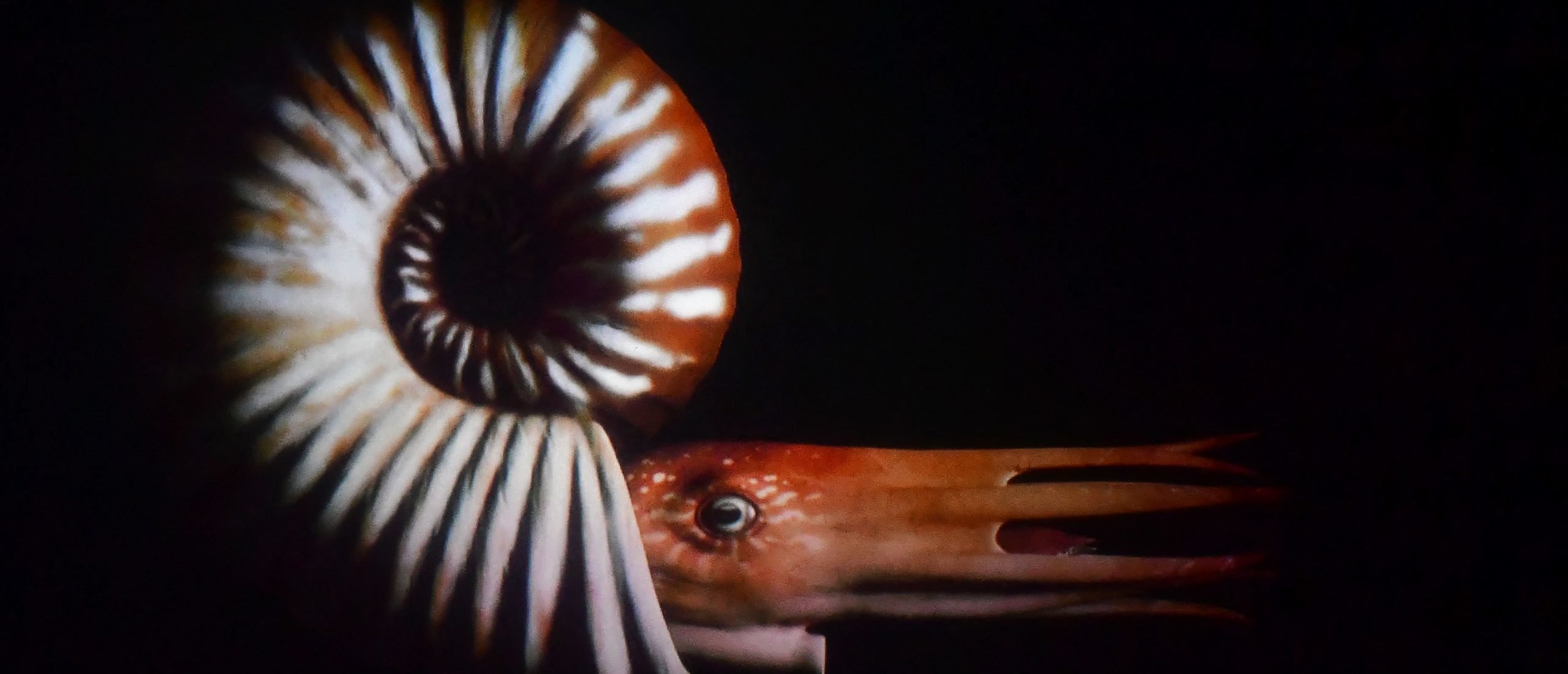
Image credit : Hackster.io ...
news-extra-space

 Image credit- Mirage News[/caption]
By conserving soft tissue and complete animals, the Cambrian Period Castle Bank in Powys is a unique location that provides an unmatched window into the history of life.
Burgess Shale-type faunas, well-known locations named after the fossil-bearing deposit in Canada, are found in the region.
However, the majority of these sites are from the Cambrian period, which lasted from 542-485 million years ago, leaving a gap in our understanding of how marine life evolved in later eras.
[caption id="" align="aligncenter" width="2560"]
Image credit- Mirage News[/caption]
By conserving soft tissue and complete animals, the Cambrian Period Castle Bank in Powys is a unique location that provides an unmatched window into the history of life.
Burgess Shale-type faunas, well-known locations named after the fossil-bearing deposit in Canada, are found in the region.
However, the majority of these sites are from the Cambrian period, which lasted from 542-485 million years ago, leaving a gap in our understanding of how marine life evolved in later eras.
[caption id="" align="aligncenter" width="2560"] Image credit- The Daily Caller[/caption]
Because of the Cambrian explosion, which saw the first appearance of a wide variety of complex animal life, the Cambrian period is regarded as a pivotal time in Earth's history.
Numerous new species of organisms, including the earliest arthropods, chordates, and echinoderms, first appeared in the fossil record during this period.
Also read: Students made solar-powered electric car sets new world record by driving 620 km
The Castle Bank site, which dates back 462 million years and is unlike most of these sites, is from the middle of the Ordovician Period that followed.
With regard to the variety of fossils and exceptional levels of preservation, it is comparable to the best Cambrian deposits. Drs. Joe Botting and Lucy Muir found this unique assemblage in 2020 close to Llandrindod in central Wales.
Image credit- The Daily Caller[/caption]
Because of the Cambrian explosion, which saw the first appearance of a wide variety of complex animal life, the Cambrian period is regarded as a pivotal time in Earth's history.
Numerous new species of organisms, including the earliest arthropods, chordates, and echinoderms, first appeared in the fossil record during this period.
Also read: Students made solar-powered electric car sets new world record by driving 620 km
The Castle Bank site, which dates back 462 million years and is unlike most of these sites, is from the middle of the Ordovician Period that followed.
With regard to the variety of fossils and exceptional levels of preservation, it is comparable to the best Cambrian deposits. Drs. Joe Botting and Lucy Muir found this unique assemblage in 2020 close to Llandrindod in central Wales.
Leave a Reply






